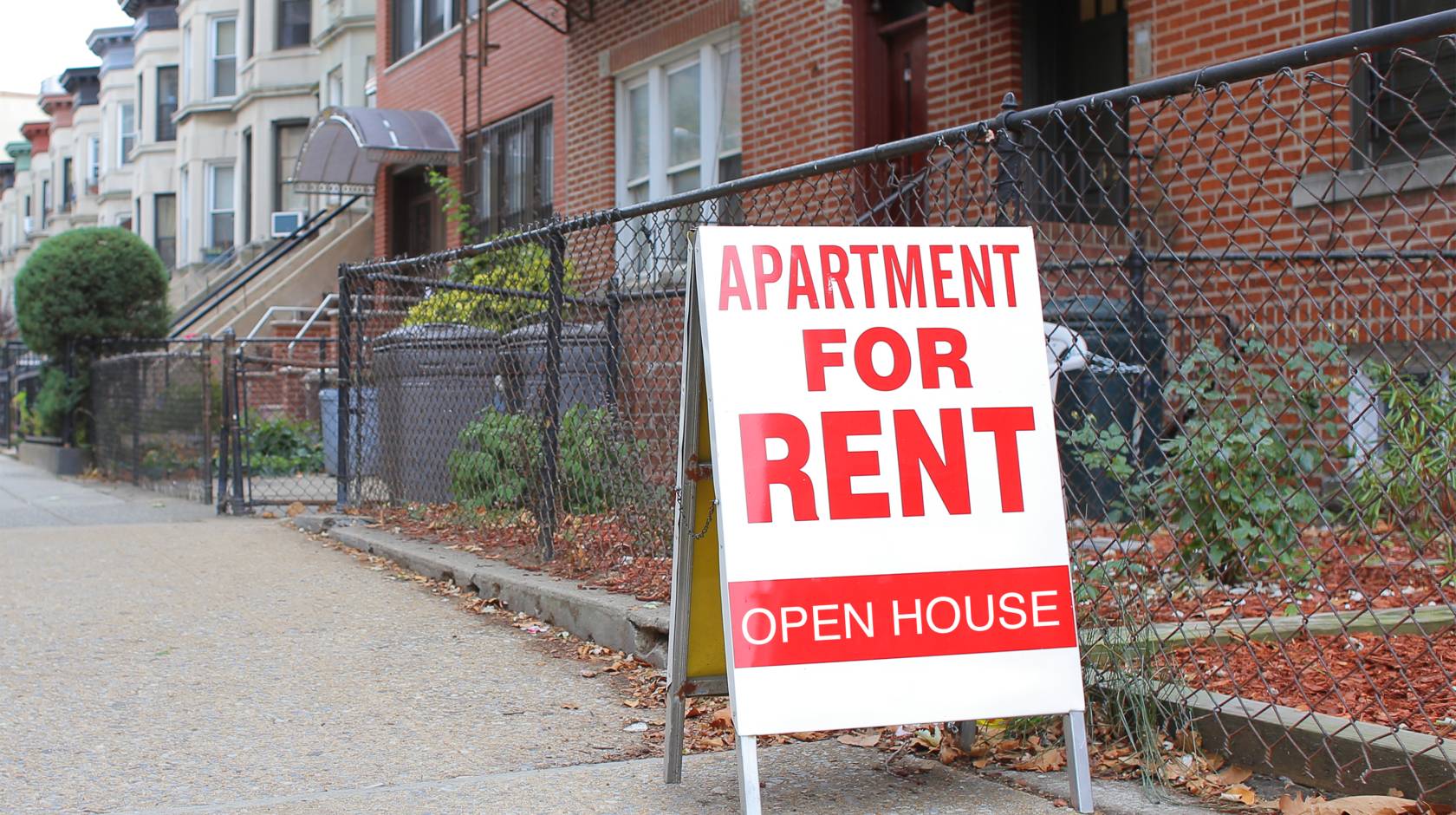Christine Byrd, UC Irvine

Many employees have come to prefer working from home after being forced to do so more than a year ago when the pandemic started. By some estimates, at least one-quarter of employees will still be working remotely multiple days a week at the end of 2021.
For those whose jobs allow it, being untethered from the office might mean moving farther away from it – by a few miles or a few hundred.
The National Bureau of Economic Research recently published a white paper by Jan Brueckner, UCI Distinguished Professor of economics, and his colleagues Matthew Kahn and Gary Lin at Johns Hopkins University considering the possible effects that ongoing remote work may have on housing markets, especially in the more densely populated and pricey urban areas. Brueckner shares his insights here.
You suggest that as more people have the opportunity to work from home, we’ll see people move either farther into suburbia or to entirely different, less expensive cities. Why?
If workers can keep their well-paying jobs and move to a cheaper city, their incomes will go further. However, such a move might entail a sacrifice of amenities (good weather, etc.) that would need to be considered. For those workers who remain in their original city, the reduction in commuting costs due to working from home (going to the office only once a week, say) makes the suburbs – where housing is cheaper on a per-square-foot basis – more attractive than before. As a result, working from home may lead to greater suburbanization.

Credit: Steve Zylius / UCI
What cities might we expect to be most affected by these shifts?
We would expect to see impacts in expensive cities with large shares of white-collar jobs that pay well and allow working from home. Such cities would include New York, San Francisco, Boston and Seattle. We expect people to move out of these cities – either into outlying suburban areas or to entirely different cities or even states.
So … it could become affordable to live in San Francisco again?
Possibly.
On the flip side, where do you expect to see people flock to?
We’ve heard in the media about migration from California to Austin, Texas, which is relatively cheap and offers less of an amenity sacrifice compared to coastal locations. The same is true for Boise, Idaho, which is in the news a lot. Migration data a few years hence will give a more complete picture.
Is this going to mean more gentrification in some cities?
In one sense, it’s exactly the reverse. The prediction is that many well-paid residents will be leaving the country’s premier cities, allowing more room for the less affluent. Gentrification may increase in the receiving cities as immigrants arrive, but gentrification pressure is lower in many of these places and thus less of a concern for poorer central city residents.
You mention that “the economy still has a long way to go before reaching the new predicted equilibrium.” What kind of time horizon do you envision?
If our predictions are correct, we’d expect these changes to be complete within a decade. There are a number of caveats, however. Our predictions assume that CEOs will tolerate remote work from another city and not penalize those who do it. The Wall Street Journal, however, recently ran a story that casts doubt on this assumption. The issue partly hinges on whether remote workers can maintain their productivity, a concern discounted by some media reports saying that workers feel more productive remotely. A further question involves integration of new employees into an organization that relies on remote work. New employees may have trouble forging bonds and creating a rapport with their colleagues.
As we approach this new equilibrium, what are some other changes we can expect to see?
Intercity relocation will depress house prices and rents in cities that lose population while raising them in the receiving cities. Intracity relocation will push prices up in the suburbs. These changes will, in turn, affect property tax revenues across and within cities.
If you want to learn more about supporting this or other activities at UCI, please visit the Brilliant Future website. Publicly launched on Oct. 4, 2019, the Brilliant Future campaign aims to raise awareness and support for UCI. By engaging 75,000 alumni and garnering $2 billion in philanthropic investment, UCI seeks to reach new heights of excellence in student success, health and wellness, research and more. The School of Social Sciences plays a vital role in the success of the campaign. Learn more by visiting: https://brilliantfuture.uci.edu/uci-school-of-social-sciences.

